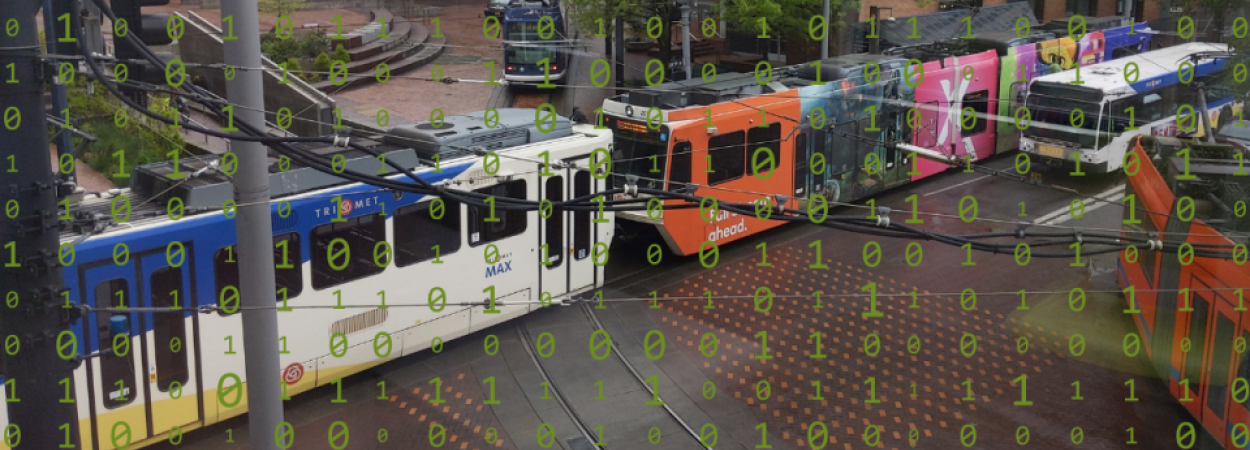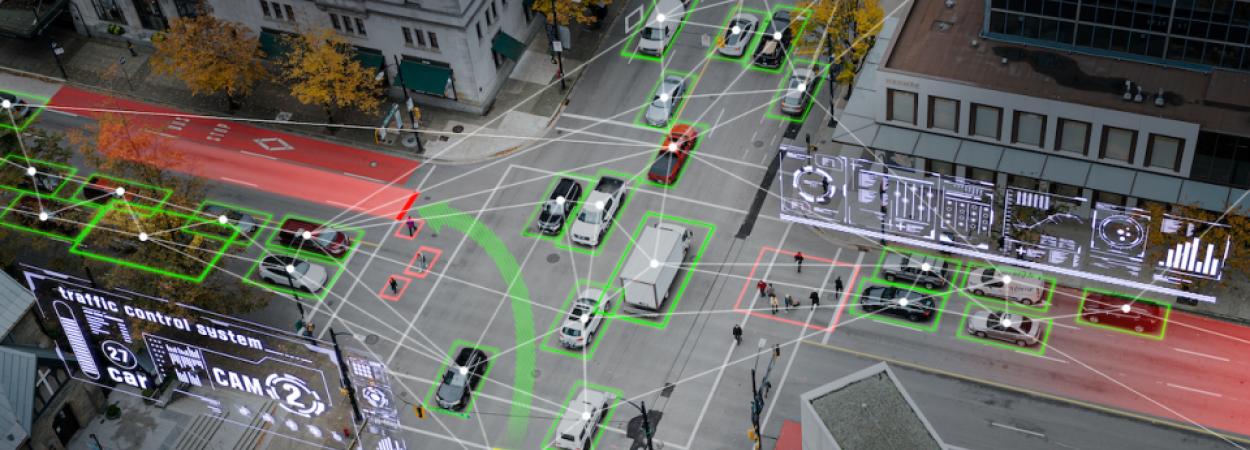 |  |  |

In a new project that's just getting underway, Portland State University researchers will work with researchers at the University of North Carolina (UNC) at Chapel Hill to develop tools and a decision-making process to proactively design and retrofit roadways to make them safer.
Led by Sirisha Kothuri of the Maseeh College of Engineering & Computer Science and supported by the Washington Department of Transportation (WSDOT), the effort aims to help WSDOT implement a Safe System Approach to prevent dangerous crashes. They intend to implement safe systems in conjunction with another principle embraced by WSDOT and many other transportation agencies, the Complete Streets concept. Complete Streets is a planning and design method that prioritizes safe access for all road users.
"PSU along with UNC is excited to help WSDOT implement the Safe System Approac…
Read More
This is a reprint of a news story originally published by the Toulan School of Urban Studies and Planning.
Congratulations to Toulan School Assistant Professor Dr. Ozcan Tunalilar, inaugural recipient of the Arthur C. and Monika Z. Nelson Endowed Scholar Award, and Urban Studies doctoral candidate Minju Kim, inaugural recipient of the Nelson Endowed Doctoral Award.
The awards were established by PSU alumni Dr. Arthur Christian “Chris” Nelson and his wife Monika to support emerging scholars in the College of Urban and Public Affairs (CUPA). Dr. Nelson was inspired to create these awards because he himself received financial aid at a critical moment as a graduate student.
The Scholar Award supports new and early career faculty, as determ…
Read More
Portland State University's Transportation Research and Education Center (TREC) maintains two large, public transportation data lakes: PORTAL and BikePed Portal. The latest round of funding for PORTAL, in the amount of $1.6 million, was awarded in February 2024 and will cover PORTAL's activities through the next five years. BikePed Portal, too, recently received $100K for another year of funding, and both are the focus of some exciting innovations in transportation data.
The two centralized data repositories, unique both in their size and in the fact that they are accessible (PORTAL is freely available to the public, and BikePed Portal has limited public access as well), are supported by multiple federal, state, and regional agencies. Federal funding for PORTAL comes from the Federal Highway Administration (FHWA)'s Surface Transportation Block Grant (STBG) funding, suballocated by M…
Read More
Each year, the Portland Chapter of WTS awards scholarships to assist exceptional women in their educational pursuits in the field of transportation. The scholarships are competitive and selections are based on the applicant’s goals, academic achievements, and transportation related activities.
Three of the six scholarship winners this year are Portland State University (PSU) transportation students. Eun Jun Choi, Holly Querin, and Isa Swain will be presented with the awards during the 2024 WTS Scholarships and Awards Gala, which will be held Wednesday, April 17 in Portland.
Congratulations to the 2024 WTS scholars of PSU!
Eun Jun Choi is a second-year doctoral student in Urban Studies with research interests in transportation planning, equity planning, and urban informatics. She is currently working as a…
Read More
The transportation safety crisis in America persists. People walking and riding bikes are more at risk than ever of being injured or killed, and those who manage transportation systems—in our case, State Departments of Transportation (DOTs) and tribes—are in urgent need of more and better data to make walking and bicycling safer and more attractive.
Data can be a powerful tool for agencies in determining which bicycle and pedestrian infrastructure projects are most critical. Decision makers are pushing to increase walking and cycling rates to reduce greenhouse gases and other pollutants. Transportation engineers and planners are looking for solutions to achieving vision zero goals and making all road users feel safer while walking, cycling, and rolling. Health professionals see active transportation for daily needs as a long-term solution to a wide range of chronic diseases. Significant new sources of infrastructure funding can support investments that could help reverse the t…
Read More